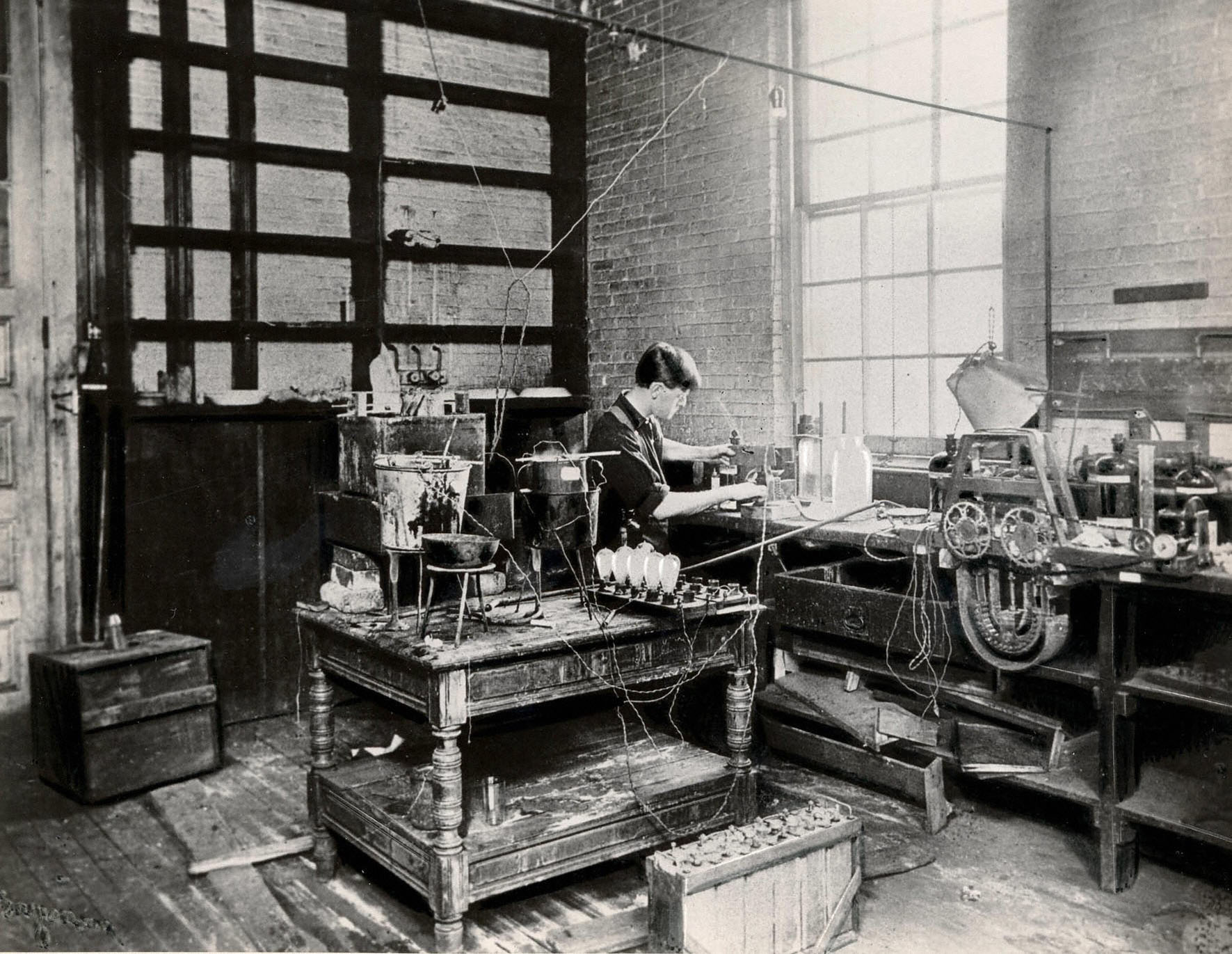Thomas Edison National Historical Park, in West Orange, New Jersey, consists of inventor Thomas Alva Edison’s research and development laboratory and his home. The West Orange facility was 10 times the size of the laboratory in Menlo Park, New Jersey, where Edison had invented the phonograph and electric light. At the West Orange laboratory, Edison improved and developed many inventions, including the motion-picture camera, the phonograph, and sound recordings. West Orange was perhaps the first modern research laboratory, and historians regard creation of such a laboratory as one of Edison’s greatest innovations.

The Thomas Edison National Historical Park preserves many of the original contents of the West Orange facility. Visitors can see the machine shop, chemistry laboratory, and research library. Exhibits feature models of Edison’s inventions, laboratory equipment, historical photographs, and correspondence. The historic site’s collection includes products made at the Edison factory, such as phonographs, movie projectors, electric lighting equipment, kitchen appliances, and batteries. The Thomas Edison National Historical Park Archives contain 5 million items, including Edison’s laboratory notebooks and business correspondence, photographs, motion picture film, and cylinder and disc sound recordings. The historic site also features a replica of the Black Maria, the first building designed as a motion-picture studio.

Edison’s home, Glenmont, consists of a 152/3-acre (6.3-hectare) estate in Llewellyn Park, a residential area in West Orange. The 29-room mansion, built in 1880, contains the Edisons’ original furnishings and family items. Edison purchased Glenmont in 1886. The laboratory opened the following year. The estate grounds include gardens, the family greenhouse and barn, and the graves of Edison and his widow, Mina. The National Park Service designated Edison’s home and laboratory as Edison National Historic Site in 1962. It was redesignated a national historical park in 2009.
